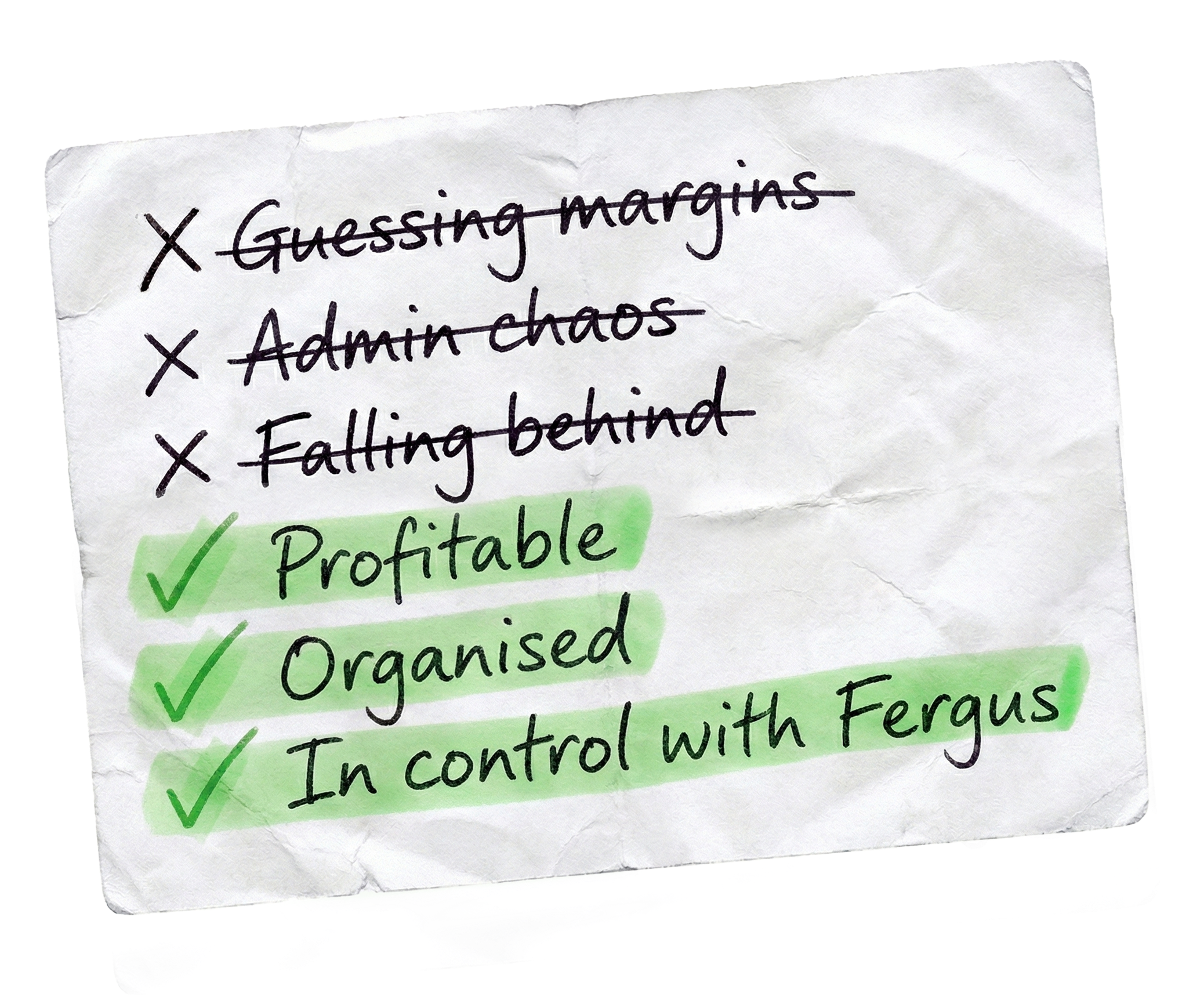As a plumbing business owner, you’re likely familiar with the ebb and flow of work throughout the year.
Seasonal fluctuations can significantly impact your business, affecting everything from your workload to your cash flow.
Understanding these patterns and preparing for them can help you maintain a steady business all year round.
In this article, we’ll explore the causes of these fluctuations and provide practical tips on how to handle them effectively.
What Causes Seasonal Fluctuations?
Seasonal fluctuations in the plumbing industry are influenced by various factors, including weather conditions, holidays, and even economic cycles.
Here are some common causes:
- Weather Changes: Extreme weather conditions, such as freezing temperatures in winter or heavy rains in spring, can lead to an increase in plumbing issues like burst pipes or clogged drains. Frozen pipes are a common issue during a cold winter, leading to high demand for plumbing services.
- Holiday Seasons: During holidays, people often host gatherings, leading to increased usage of plumbing systems. This can result in more emergency calls for plumbers, especially during peak times.
- Economic Cycles: Economic downturns or booms can also affect the demand for plumbing services. During a recession, people might delay non-essential repairs, while in a booming economy, there might be more construction and renovation projects requiring plumbing services.
Identifying Your Business’s Seasonal Trends
To effectively manage seasonal fluctuations, it’s crucial to identify the specific trends in your business. Here’s how you can do it:
- Analyse Past Data: Look at your business records from previous years to identify patterns in your workload. Note any recurring busy or slow periods, especially during the busiest season.
- Customer Feedback: Talk to your customers to understand their needs and how they change throughout the year.
- Market Research: Stay informed about industry trends and economic forecasts that might impact your business.
Strategies to Handle Seasonal Fluctuations
Diversify Your Services
Offering a range of services can help you maintain a steady stream of income throughout the year.
For example, if you primarily handle emergency repairs, consider offering maintenance services or plumbing inspections during slower periods.
This not only keeps your team busy but also helps build long-term relationships with your customers.
Plan Your Workforce
Managing your workforce effectively is key to handling seasonal fluctuations. Here are some tips:
- Hire Temporary Staff: During peak seasons, consider hiring temporary staff to handle the increased workload. This ensures you can meet customer demand without overburdening your permanent employees.
- Cross-Train Employees: Train your employees to handle a variety of tasks. This flexibility allows you to allocate resources more efficiently during busy times.
Manage Cash Flow
Cash flow management is crucial for any business, especially when dealing with seasonal fluctuations. Here’s how you can ensure a steady cash flow:
- Save for Slow Periods: Set aside a portion of your earnings during busy periods to cover expenses during slower times.
- Offer Payment Plans: Providing flexible payment options can encourage customers to proceed with necessary repairs or maintenance, even during economic downturns.
Marketing Strategies
Effective marketing can help you attract customers during slow periods. Consider the following strategies:
- Seasonal Promotions: Offer discounts or special deals during slow seasons to attract more customers.
- Content Marketing: Create informative content, such as blog posts (hey there!) or videos, that addresses common plumbing issues and promotes your services.
- Social Media Engagement: Use social media platforms to engage with your audience and promote your services. Share tips, success stories, and customer testimonials to build trust and credibility.
Leverage Technology
Technology can help you streamline your operations and improve customer service. Here are some tools to consider:
- Scheduling Software: Use scheduling software to manage appointments and allocate resources efficiently.
- Customer Relationship Management (CRM) Systems: Implement a CRM system to keep track of customer interactions and preferences. This can help you provide personalized service and build long-term relationships.
- Online Booking: Offer online booking options to make it easy for customers to schedule appointments.
Preparing for the Unexpected
While it’s important to plan for seasonal fluctuations, it’s also crucial to be prepared for unexpected events. Here are some tips:
- Emergency Fund: Maintain an emergency fund to cover unexpected expenses, such as equipment repairs or sudden drops in business.
- Insurance: Ensure you have adequate insurance coverage to protect your business from unforeseen events.
- Contingency Plans: Develop contingency plans for various scenarios, such as natural disasters or economic downturns. This can help you respond quickly and effectively to any challenges that arise.
Let’s Wrap it Up
Handling seasonal fluctuations in the plumbing industry requires careful planning and proactive strategies.
Remember, the key is to stay flexible and adapt to changing conditions, so you can continue to meet the needs of your customers and grow your business.
Good luck, plumbers!
Take control of your trades business today











